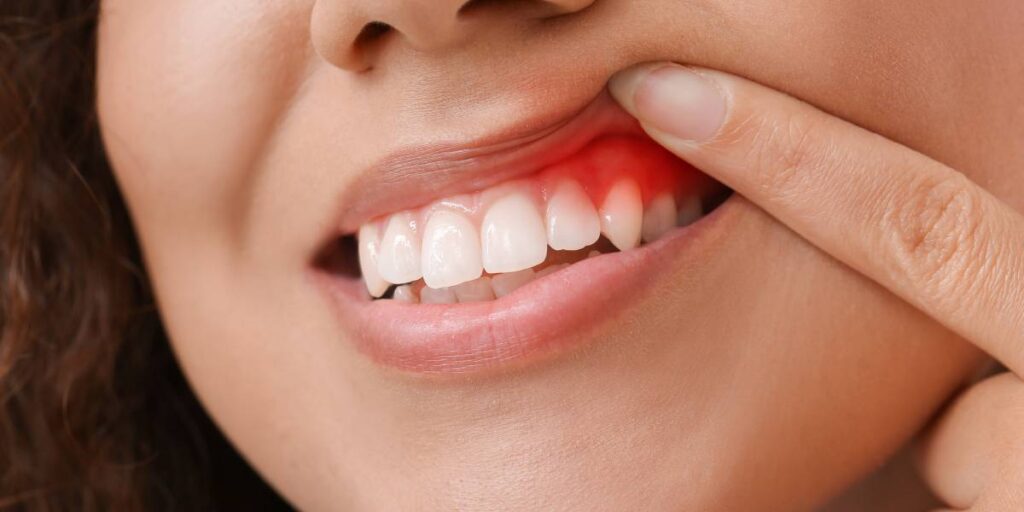Pocket Reduction: A Path to Healthy Gums and a Beautiful Smile

Gum disease is a prevailing oral problem next to tooth decay that can wreak havoc on your oral health and wellness. It destroys the gums and when left untreated it can erode the underlying jawbone. But thankfully with advanced technology and evolution in the field of dental medicine, researchers have come up with some effective periodontal treatments. One such procedure discussed in this informative blog is pocket reduction surgery offered by the dentist in Winnipeg.
What is pocket reduction surgery?
Pocket reduction surgery is a type of disease treatment. Dentists opt for this procedure to treat mild to moderate periodontal disease. The main objective of this procedure is to reduce the pocket size around your teeth so that plaque and bacteria will not accumulate within them.
Types of pocket reduction surgery?
There are two main types of pocket reduction surgeries, namely:
- Traditional pocket reduction surgery
-
-
- Here the dentist makes cuts using surgical blades on your gums to access teeth roots.
- They reshape the bone around the pocket, reduce its size and stitch it up.
-
- Laser pocket reduction surgery
-
- This modern method uses lasers to target and kill bacteria present in the pocket while keeping healthy tissues intact.
- It does not require any cuts, or stitches.
How to prepare for pocket reduction surgery?
Being prepared before any surgical procedure enables optimal results and quick recovery. Your dentist may advise you to:
- Stop blood thinners, herbal or vitamin supplements two weeks before the procedure
- Eat a healthy well-balanced meal before the procedure
- Avoid smoking or drinking 24 hours prior to the procedure
- Have someone drive you back home after the procedure
What happens during the procedure?
During the pocket reduction surgery, your dentist will:
- Give local anesthesia to numb the area
- Make an incision along your gum line or target laser beams
- Gently fold the gums to access the tooth roots
- Smooth and reshape the bone around your teeth to get rid of the pockets
- Regenerate bone in areas of bone loss if necessary
- Reposition your gums
- Close the incisions with stitches (for surgical method)
- Place a healing pack on the treated area (for the laser method)
The entire procedure may take around 30 to 60 minutes for the surgical method while it takes 15 to 20 minutes for the laser method.
Bottom line
Pocket reduction surgery is the gold standard for treating mild to moderate periodontal disease. It removes the harmful bacteria around the pocket and reshapes the bone. With proper management you can keep harmful bacteria at bay and get back on track to long-lasting oral health.







